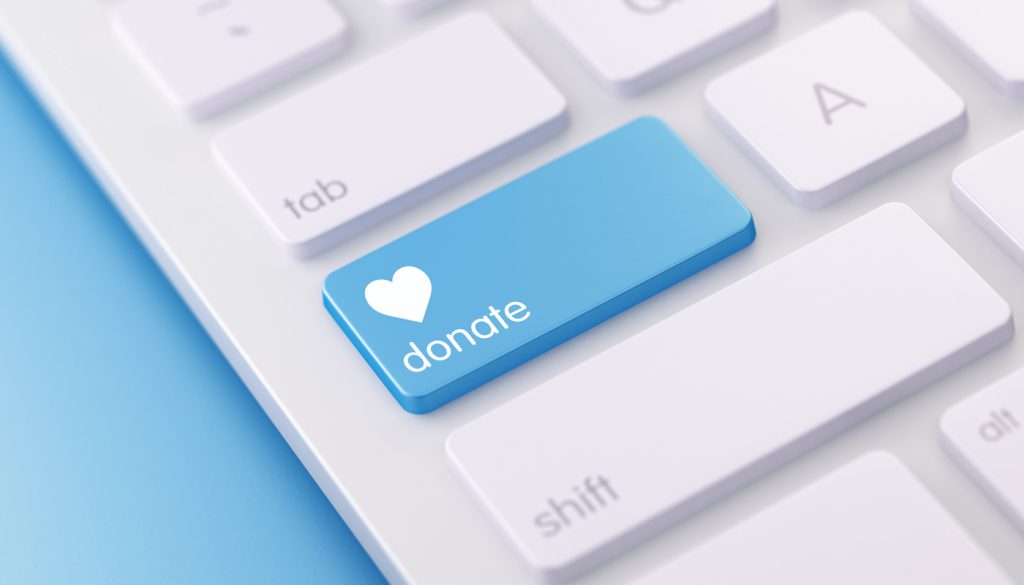Bringing In More Donations to the Cause – At No Extra Cost

Every year in the United States, more than $50 billion dollars are spent to raise about $300 billion in philanthropic donations. New research suggests one possible way to boost that donation margin – possibly several times over – at almost no additional cost.
The research, published in Psychological Science, demonstrates that donors are more generous when they’re asked to give a hypothetical amount to one person before deciding how much to actually donate to a group of needy people.
“A subtle manipulation based on psychological science can make a substantial difference in real life,” writes lead researcher Christopher Hsee of the Booth School of Business at the University of Chicago.
In the first experiment, 180 participants were asked how much they were willing to donate to give Christmas gifts to local schoolchildren. Participants who were asked how much they would give to all 20 students were willing to shell out, on average, about $18.
But some of the participants were first asked how much they would give to one child out of 20, and then how much they would donate to all 20 – a procedure known as ‘unit-asking’. These participants were willing to donate more than double compared to the first group – about $49 to the whole classroom.
The researchers suggest that, because people have a tendency to stay consistent, participants who were willing to donate a little money to one child then felt compelled to donate a similar amount to each child in the classroom. That way of thinking boosted donations by over 200%.
A similar study conducted at an actual fundraiser showed the same effect. Asked to donate to students in rural Sichuan province, 320 employees from a Chinese company were presented the same questions as in the first experiment. In this case, the results were more striking – the unit-asking group donated about 90% more than the control group.
Hsee and colleagues point out that the initial question about willingness to donate to one child was hypothetical – the only question that mattered in the end was how much the employees would donate to all 40 children. Even so, the increase in donations was robust.
In a final study, 101 wealthy business students were asked to support the research of 70 doctoral students through anonymous donations. The unit-asking method was particularly effective in this case, with an over 500% increase in donations compared to the control group. The researchers speculate that the unit-asking effect is even more pronounced with wealthy participants because they likely have more elastic budgets.
Hsee and colleagues posit that the strategy may be effective for things other than donations. For example, auctioneers might obtain a higher bid if asking about one item in a set before auctioning the entire set.
![]()
Hsee, C.K., Zhang, J., Lu, Z.Y., & Xu, F. (2013). Unit Asking: A Method to Boost Donations and Beyond. Psychological Science, 24 (9), 1801-1808. DOI: 10.1177/0956797613482947





Comments
I love the ideas Paul Bloom presents in his book, “Against Empathy.” I’ll include a link to a brief overview but will add that there are several lectures that he has recently given on this topic over at YouTube.
https://vimeo.com/164621859
APS regularly opens certain online articles for discussion on our website. Effective February 2021, you must be a logged-in APS member to post comments. By posting a comment, you agree to our Community Guidelines and the display of your profile information, including your name and affiliation. Any opinions, findings, conclusions, or recommendations present in article comments are those of the writers and do not necessarily reflect the views of APS or the article’s author. For more information, please see our Community Guidelines.
Please login with your APS account to comment.